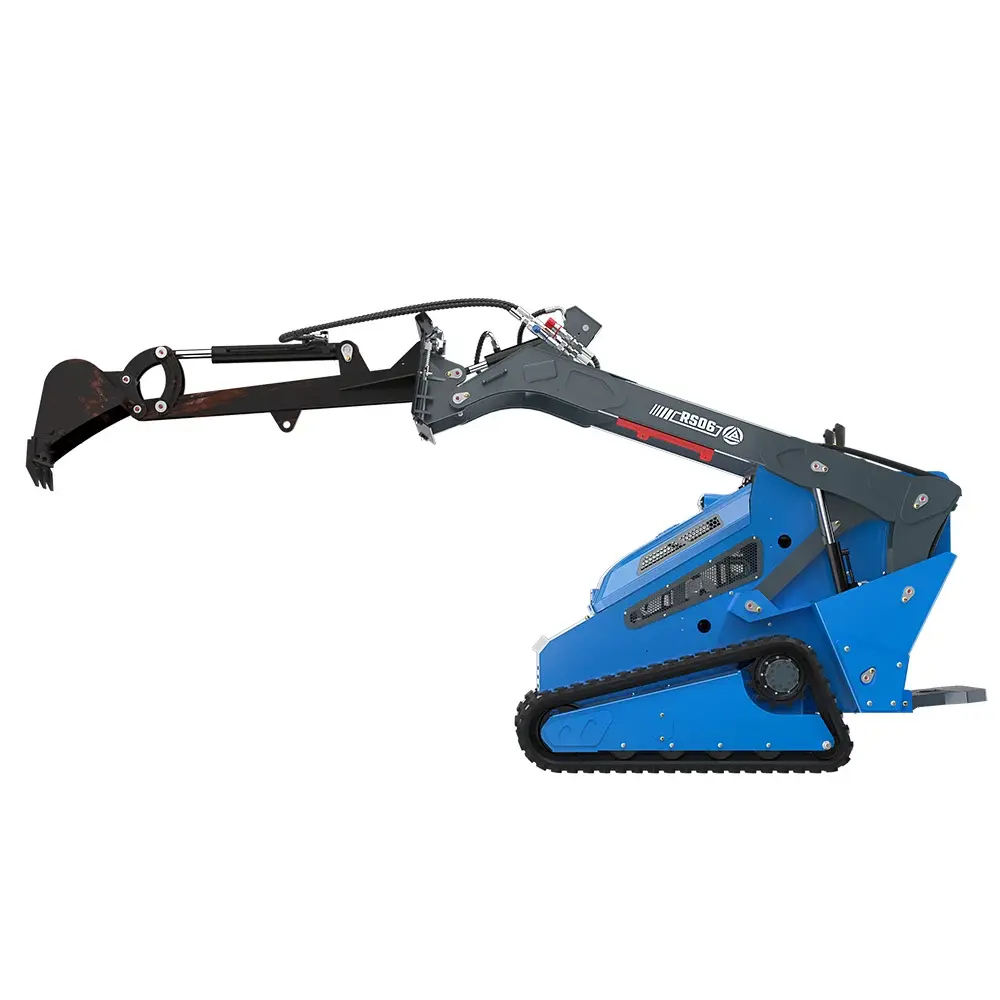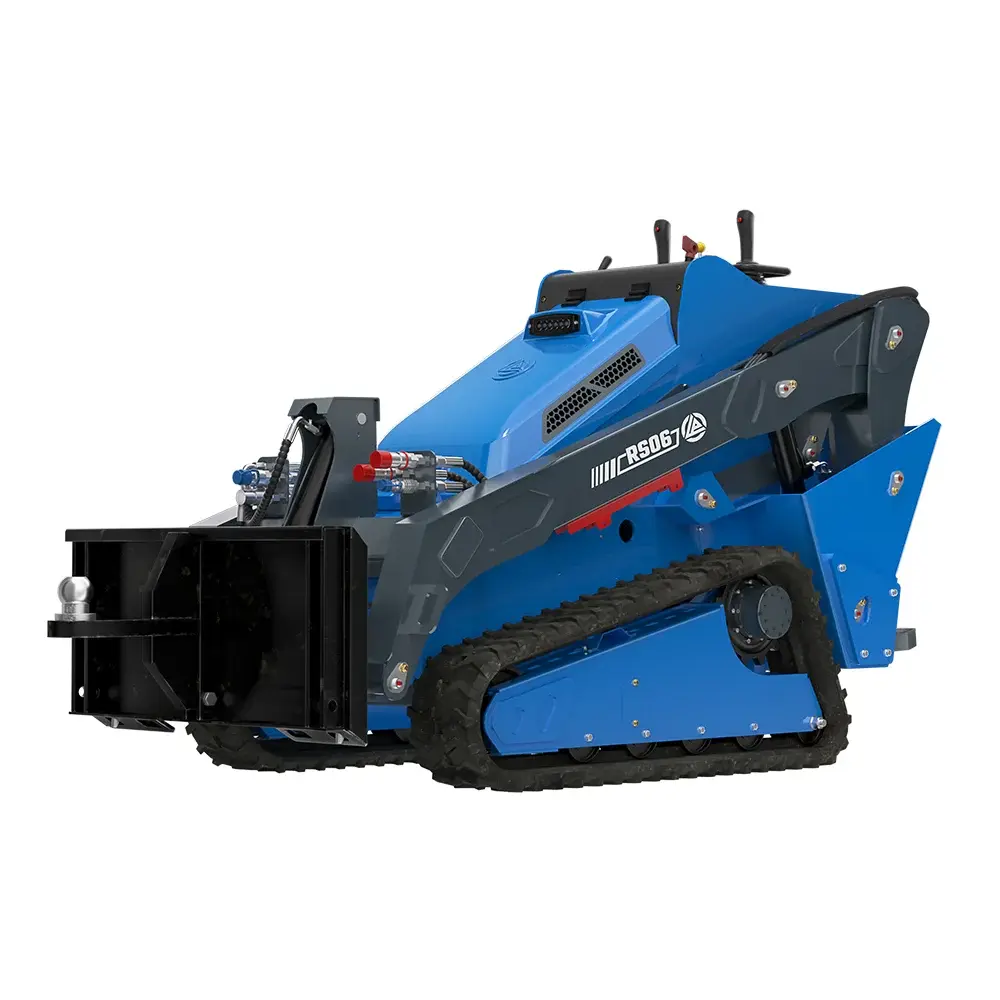Ноя 18, 2025
Skid steer loaders have become indispensable machines across construction, landscaping, agriculture, and industrial operations. Their compact design, strong power-to-size ratio, and compatibility with diverse attachments make them one of the most versatile tools on any jobsite. But with so many models and configurations available, choosing the right skid steer loader requires careful evaluation. This guide highlights the key factors you should consider before making a purchase.

Selecting the appropriate size and power is the foundation of a smart skid steer investment.
Compact skid steers are ideal for tight construction zones, indoor renovation projects, and residential landscaping. Their smaller footprint allows operators to maneuver easily in limited spaces.
Mid-size and large skid steers deliver higher horsepower and greater hydraulic capacity, making them perfect for demanding applications such as earthmoving, lifting heavy pallets, or operating high-flow attachments.
When evaluating options, consider your typical workload, operating space, and future expansion plans. Choosing a machine with adequate horsepower and rated operating capacity ensures long-term productivity.
One of the greatest advantages of skid steer loaders is their ability to run a wide variety of attachments. From buckets to sweepers, trenchers, augers, forks, and more, a single machine can replace multiple pieces of equipment.
Before purchasing:
Identify the attachments you use most frequently.
Verify hydraulic requirements such as standard-flow vs. high-flow.
Confirm compatibility between the machine’s mounting plate and your intended attachments.
Choosing a loader with broad attachment support increases operational flexibility and reduces the need for additional equipment.

Operator comfort directly affects efficiency, accuracy, and overall work quality. Modern skid steers now prioritize ergonomics more than ever. Look for:
Adjustable seating and suspension seats
Intuitive joystick or pilot controls
Wide cabins and optimized visibility windows
Enclosed cabs with heating or A/C for year-round operation
A comfortable operator is more productive, especially during long work shifts or in harsh environments.
Durability is one of the most important buying considerations. A reliable skid steer loader reduces downtime, lowers repair costs, and ensures consistent performance on every job.
When comparing brands:
Check the availability of maintenance components and service kits.
Review hydraulic system quality, engine brand, and build materials.
Look for a strong reputation for longevity and low maintenance costs.
Consider after-sales services such as dealer support, spare parts availability, and warranty coverage.
Investing in a model known for reliability ensures long-term operational stability.
While price matters, the true value of a skid steer loader lies in how well it meets your long-term business needs. A slightly higher upfront investment can pay off through lower operational costs, better efficiency, and higher resale value.
Ask yourself:
Will your project demands increase in the next 2–3 years?
Do you plan to expand your attachment collection?
Is transportation ease (weight & dimensions) important?
Choosing a model that supports long-term growth helps maximize ROI.

A skid steer loader is a major investment, and choosing the right model can significantly enhance your productivity. By evaluating machine size, power, attachment compatibility, operator comfort, and long-term reliability, you can ensure that your purchase aligns perfectly with your business needs. Whether you're working on construction sites, agricultural fields, or landscaping projects, a well-selected skid steer loader will remain a powerful asset for years to come.